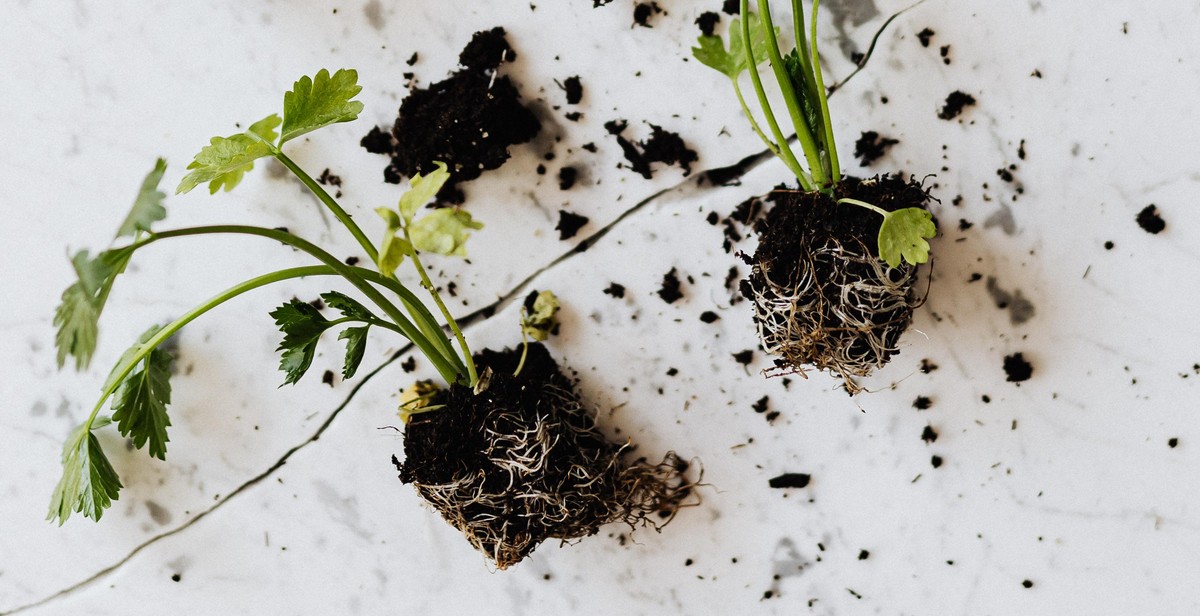Introduction: Why Install a Vegetable Irrigation System?
Watering plants is one of the most important tasks in maintaining a healthy vegetable garden. However, manually watering plants can be a time-consuming and inefficient process. That’s where a vegetable irrigation system comes in.
Installing a vegetable irrigation system can save gardeners time and effort while ensuring that plants receive the proper amount of water they need to thrive. With the right irrigation system in place, gardeners can automate the watering process and tailor their watering schedule to the specific needs of their plants.
The Benefits of Installing a Vegetable Irrigation System
There are many benefits to installing a vegetable irrigation system. Here are just a few:
- Efficient use of water: Irrigation systems deliver water directly to the roots of plants, reducing water waste and ensuring that plants receive the appropriate amount of water they need to grow and thrive.
- Time-saving: Once installed, irrigation systems can be set to run automatically, freeing up time for gardeners to focus on other tasks.
- Customizable: Vegetable irrigation systems can be tailored to the specific needs of plants, with options for different watering schedules, amounts, and types of water delivery.
- Improved plant health: Consistent and efficient watering helps plants to grow and produce healthier fruits and vegetables.
In this article, we’ll go over the steps to install a vegetable irrigation system in your garden, including the tools and materials needed and the different types of irrigation systems available.

Types of Vegetable Irrigation Systems
There are different types of vegetable irrigation systems available, each with its unique features and benefits. Here are the three most common types of vegetable irrigation systems:
Drip Irrigation Systems
Drip irrigation systems deliver water directly to the roots of plants through a network of tubes and emitters. This type of irrigation system is highly efficient and can save up to 50% of water compared to traditional irrigation methods. Drip irrigation systems are ideal for vegetable gardens as they provide a slow and steady supply of water, which helps prevent soil erosion, weed growth, and fungal diseases. Additionally, drip irrigation systems reduce the risk of overwatering and underwatering, which can lead to plant stress and poor growth.
Advantages of Drip Irrigation Systems
- Highly efficient and water-saving
- Delivers water directly to plant roots
- Reduces soil erosion, weed growth, and fungal diseases
- Prevents overwatering and underwatering
- Easy to install and maintain
Sprinkler Irrigation Systems
Sprinkler irrigation systems use overhead sprinklers to distribute water over a large area. This type of irrigation system is ideal for larger vegetable gardens or farms as it can cover a vast area quickly. Sprinkler irrigation systems are also suitable for crops that require frequent watering, such as lettuce and spinach. However, sprinkler irrigation systems can be less efficient than drip irrigation systems as they can lose water to evaporation and wind drift. Additionally, sprinkler irrigation systems can lead to soil compaction and nutrient loss due to run-off.
Advantages of Sprinkler Irrigation Systems
- Covers a large area quickly
- Ideal for crops that require frequent watering
- Can be used for frost protection and cooling
- Easy to install and maintain
Soaker Hose Irrigation Systems
Soaker hose irrigation systems deliver water slowly and evenly through a porous hose that is buried under the soil. This type of irrigation system is ideal for vegetable gardens with rows of plants as it provides a gentle and consistent supply of water. Soaker hose irrigation systems are also suitable for plants that are prone to foliar diseases, such as tomatoes and peppers, as they deliver water directly to the soil and not the leaves. However, soaker hose irrigation systems can be less efficient than drip irrigation systems as they can lose water to evaporation and soil absorption.
Advantages of Soaker Hose Irrigation Systems
- Delivers water directly to the soil
- Provides a gentle and consistent supply of water
- Reduces foliar diseases
- Easy to install and maintain
Conclusion
Choosing the right type of vegetable irrigation system depends on various factors, such as the size of your garden, the type of crops you grow, and the availability of water. Drip irrigation systems are highly efficient and suitable for most vegetable gardens, while sprinkler irrigation systems are ideal for larger gardens or farms. Soaker hose irrigation systems provide a gentle and consistent supply of water and are suitable for crops that are prone to foliar diseases. Whichever type of irrigation system you choose, proper installation and maintenance are crucial for efficient and effective watering of your vegetable garden.

Step-by-Step Guide to Installing a Vegetable Irrigation System
Installing a vegetable irrigation system can be a great way to save time and water while ensuring that your plants receive the right amount of moisture. Here is a step-by-step guide to help you install a vegetable irrigation system:
1. Plan the Layout
The first step in installing a vegetable irrigation system is to plan the layout. Consider the size and shape of your garden, the types of plants you have, and the water requirements of each plant. Draw a sketch of your garden and mark the location of each plant.
2. Gather Materials and Tools
Next, gather all the materials and tools you will need for the installation. This includes irrigation lines, emitters, a water source, a timer, and any necessary connectors and fittings. You may also need a shovel, a trowel, and a pair of scissors.
3. Install the Water Source
The water source can be a garden hose or a permanent water line. If you are using a garden hose, attach a timer to it to regulate the water flow. If you are using a permanent water line, install a backflow preventer to prevent contamination of the water supply.
4. Install the Irrigation Lines
Unroll the irrigation lines and lay them out according to your garden layout plan. Use connectors and fittings to join the lines together. Dig shallow trenches along the lines to bury them and prevent tripping hazards.
5. Install the Emitters
Attach emitters to the irrigation lines at the location of each plant. The number and type of emitters you need will depend on the water requirements of each plant. For example, a large tomato plant may need two or three emitters, while a small lettuce plant may only need one emitter.
6. Test the System
Before turning on the water, check all the connections and fittings to ensure that they are secure. Turn on the water and check for leaks. Adjust the timer and water flow as needed to ensure that each plant receives the right amount of water.
By following these steps, you can install a vegetable irrigation system that will help you save time and water while keeping your plants healthy and hydrated.

Tips for Maintaining Your Vegetable Irrigation System
Once you have installed your vegetable irrigation system, it is important to ensure that it is properly maintained in order to ensure efficient watering. Here are some tips for maintaining your vegetable irrigation system:
Regularly Check for Leaks
Leaks can cause substantial water loss and can also damage your plants. It is important to regularly check for leaks in your irrigation system. Check the hoses, pipes, and connectors for any signs of leaks. If you notice any leaks, fix them immediately to prevent further damage.
Adjust the System According to Plant Growth
Your plants will grow and change over time, and your irrigation system needs to be adjusted accordingly. If your plants have grown larger, you may need to adjust the placement of the emitters to ensure that the water is reaching the roots of the plants. You may also need to adjust the frequency and duration of watering as the plants grow.
Clean the Emitters Regularly
The emitters are responsible for delivering water to your plants, and they can become clogged with dirt, debris, and mineral deposits over time. It is important to clean the emitters regularly to ensure that they are functioning properly. You can use a small brush or toothbrush to clean the emitters and remove any debris that may be blocking the water flow.
- Check for leaks regularly
- Adjust the system according to plant growth
- Clean the emitters regularly
By following these tips, you can ensure that your vegetable irrigation system is working efficiently and your plants are receiving the water they need to thrive.

Conclusion
Installing a vegetable irrigation system is a smart investment for any gardener or farmer. Not only does it save time and energy, but it also conserves water and promotes healthy plant growth. With the right system in place, you can ensure that your vegetables receive the right amount of water at the right time, leading to higher yields and better quality produce.
Benefits of Installing a Vegetable Irrigation System
- Efficient use of water
- Saves time and energy
- Promotes healthy plant growth
- Higher yields and better quality produce
- Reduced weed growth
- Less soil erosion
There are different types of vegetable irrigation systems available, including drip irrigation, sprinkler irrigation, and surface irrigation. Each system has its own advantages and disadvantages, so it’s important to choose the one that best suits your needs and budget.
When installing a vegetable irrigation system, it’s important to plan ahead and consider factors such as soil type, plant spacing, and water source. Proper maintenance and regular checks are also crucial to ensure that the system is functioning properly and delivering the right amount of water to your vegetables.
